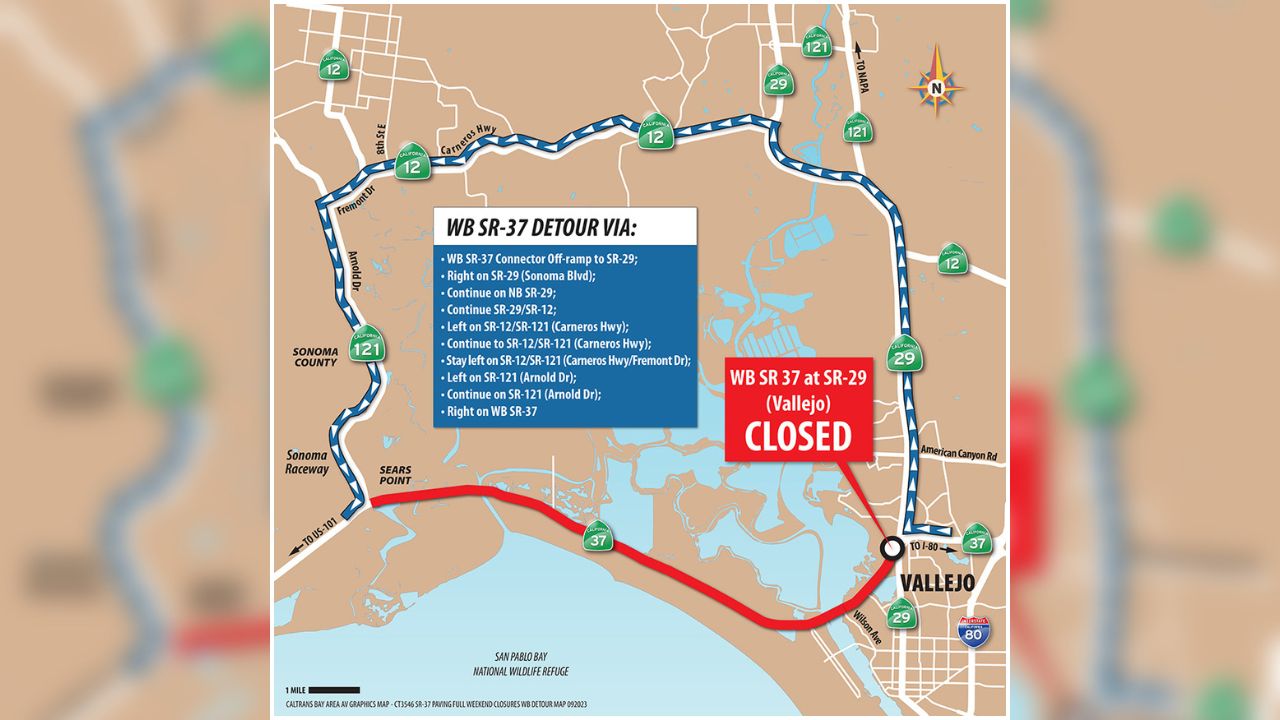The Bay Area's wet winter has increased the water in the reservoirs but it has also increased flooding concerns, and even prompting one campground in Morgan Hill to evacuate its guests.
Located just southeast of the Uvas reservoir on a low lying road, Thousand Trails Campground was feared to be at risk of flood if water overflows out of the 280-acre artificial lake, according to operators.
The Santa Clara Valley Water District said it warned the campground last week that the Uvas Reservoir may spill and make the campground's access road inaccessible.
The Santa Clara Valley Water District announced that it will be releasing up to 179,000 gallons of water per minute this week. The dam must remain at 58 percent capacity in order to avoid a flooding. During a drought, the capacity usually stands at 24 percent capacity.
The spokesperson for the Thousand Trails Campground didn't say how many people were asked to evacuate, but said guests were given the opportunity to relocate to another campground in San Benito County.
Thanks to recent storms, Uvas and Almaden reservoir in San Jose are at capacity, according to the district. Santa Clara County has 10 reservoirs in total they are at 53 percent capacity.
"Our ground water is looking really good right now and that's why our recharge basins are dry because of groundwater is doing really well," Colleen Valles with the Valley Water District said.
Local
Vasona reservoir in Los Gatos is near capacity at 97 percent. Lexington resevoir is Los Gatos is at 70 percent capacity and Anderson reservoir in Morgan Hill is at 36 percent, according to the water district.
With Friday's incoming rainfall, the district could release water from six of the reservoirs.
Last month, The Los Angeles Times reported that since Jan. 1, some 580 billion gallons of water were added across the state.
Department of Water Resources spokesman Chris Orrock says while the news is good now, it's too early to tell what the water supply will be in when the winter rainy season is over.
CORRECTION (Feb. 8, 2019, 11:50 a.m.): An earlier version of this story misstated the percentage of water in Anderson reservoir.
Kris Sanchez, Marianne Favro, Kiki Intarasuwan and the Associated Press contributed to this report.



